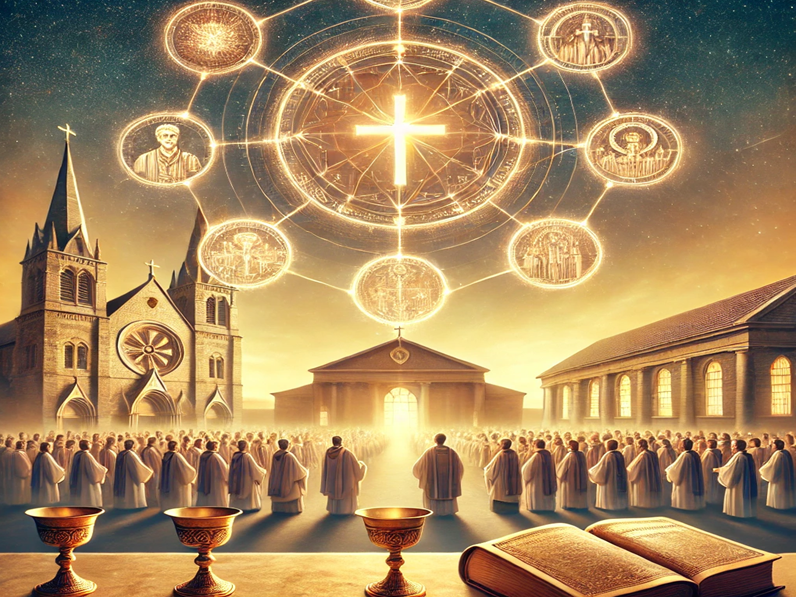
When reading the New Testament, most non-Catholics view “the Church” as merely a spiritual or symbolic concept—a heavenly, timeless body of all true believers in Christ, united by faith across all generations and denominations, known perfectly only to God. But if we carefully read the New Testament and also look at the writings of the Apostolic Fathers, those early Christian leaders taught directly by the Apostles, we get a much fuller picture. For them, the Church was both mystical and visible—a spiritual body united to Christ and a real, organized community with bishops, priests, and deacons appointed in succession from the Apostles themselves. St. Ignatius of Antioch, writing around 107 AD, famously said, “Where the bishop is, there is the Church.” The early Church wasn’t just an idea—it was a living, teaching, sacramental body entrusted with preserving truth, guiding believers, and remaining faithful to the mission Christ gave it. In this post, we’ll explore how the early Church understood itself—and why that matters for how we see the Church today.
Related article: Early Church Foundation and Origin
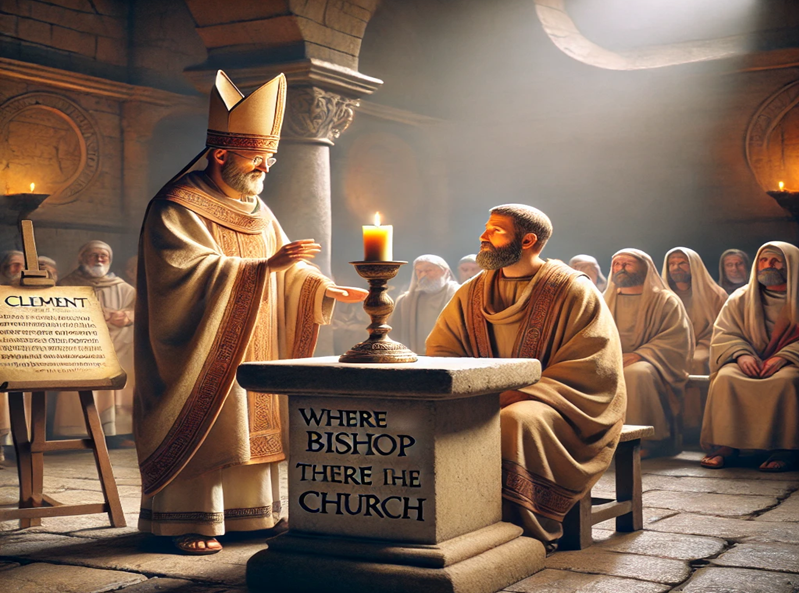
1. The Early Church as Visible and Apostolic
From the beginning, the Apostolic Fathers emphasized that the Church was founded by Christ and built on the authority of the Apostles. This shows that early Christians did not view the Church as a loose association of believers but as a visible, structured institution with apostolic succession.
- St. Clement of Rome (c. 96 AD) wrote to the Corinthians defending the rightful authority of certain presbyters who had been unjustly removed. He appeals to apostolic succession:
“The Apostles appointed bishops and deacons, and gave instructions that, when they die, other approved men should succeed them.” (1 Clement 42-44)
This demonstrates the early Church hierarchy and a commitment to preserving apostolic teaching through a structured form of governance.
- St. Ignatius of Antioch (c. 107 AD) was even more explicit:
“Let no one do anything concerning the Church without the bishop… Where the bishop appears, there let the people be; just as where Christ Jesus is, there is the Catholic Church.” (Letter to the Smyrnaeans 8)
This early Church quote reinforces the idea that apostolic authority and Church unity were non-negotiable for early Christians.
Related article: Who Are The Church Fathers
Related article: Foundations Of The Early Christian Church: How It Was Catholic From The Start
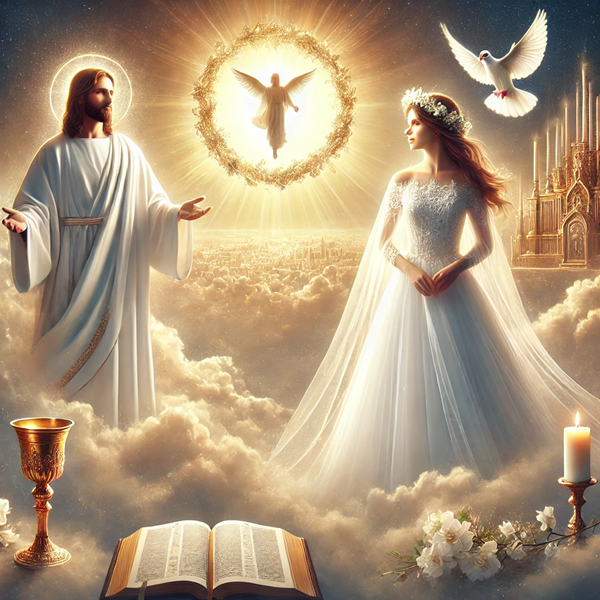
2. The Church as Spiritual and Mystical
Even while emphasizing structure and authority, the Apostolic Fathers never lost sight of the Church as a spiritual and mystical reality.
- The Didache (c. 70–90 AD), one of the earliest Christian documents, speaks of the Church as a people preparing for the return of Christ, urging believers to live in holiness, love, and prayer. This reflects the spiritual unity of the Church.
- The Church as the Bride of Christ: This New Testament image continues in early writings, portraying the Church as beloved by Christ and called to purity and faithfulness. The Church was more than an institution—it was a relationship.
- Hebrews 12:23, referenced by the Fathers, speaks of “the church of the firstborn whose names are written in heaven”—a clear indication of the heavenly, universal nature of the Church that transcends earthly boundaries.
Related article: Books That Help Explain Catholic Teachings

3. The Church’s Unity and Universality
The Fathers often spoke of the Church as one, holy, and catholic (universal). This was not merely about doctrinal agreement but about sacramental unity and shared faith across the world.
- Ignatius of Antioch used the term “Catholic Church”—the earliest recorded use of the term—showing that even in the first century, Christians recognized a universal body of believers in communion with one another.
- Local churches were seen not as independent entities but as expressions of the one apostolic Church, guided by the same Spirit, nourished by the same Eucharist, and led by validly ordained bishops.
Related article: The Early Church: Basis of Belief
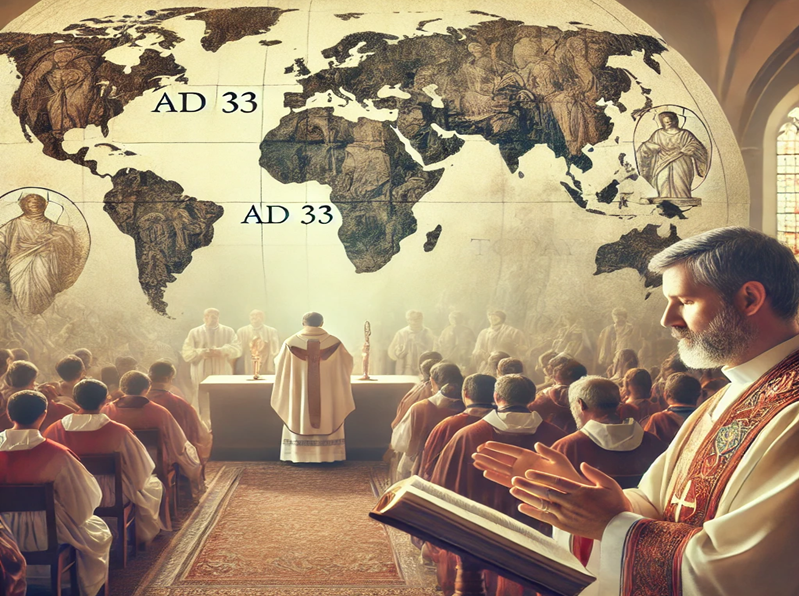
4. Implications for Today
For modern Christians, the writings of the Apostolic Fathers are a powerful reminder that the Church is not merely a spiritual abstraction or a human organization. It is a divinely established, visible body, founded by Christ and rooted in the apostolic tradition. This early Christian understanding of the Church still lives today in the Catholic Church, which sees itself as both mystical and institutional—a spiritual family that is also a structured body, safeguarding the same faith handed down from the beginning.
The unity, sacramental life, apostolic succession, and universality of the early Church remain guiding principles for how the Church continues to function today.
Related article: Catholic Beliefs vs. Christian Beliefs, Why Catholics Are Christians: Addressing Common Misunderstandings
(As an Amazon Associate I earn from qualifying purchases)
Sources for further reading:
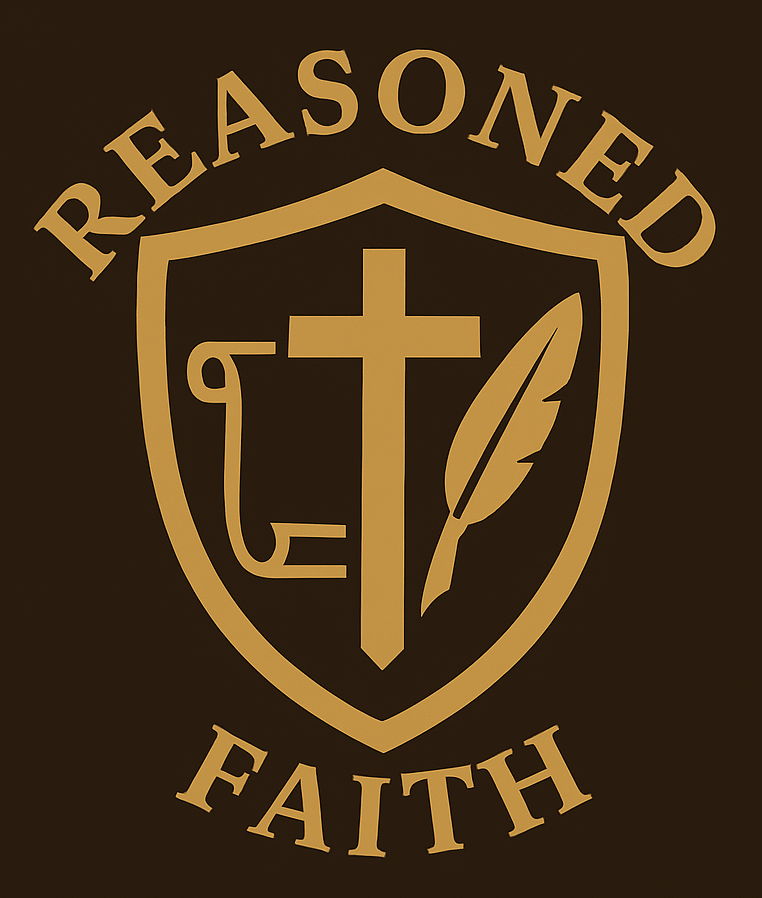
This article delves into how the early Church defined itself as both a visible, organized institution and a mystical, spiritually unified body. It outlines that the Apostolic Fathers, such as St. Clement and St. Ignatius, emphasized apostolic succession and structured leadership, while also nurturing the idea of the Church as the Bride of Christ—a living, sacramental community. The piece then explains how these early concepts of unity and universality continue to influence modern Christian thought and practice.
Glad you caught that balance—too often people think it’s either structure or spirit, when the early Church clearly embraced both. Ignatius and Clement weren’t just writing about spiritual ideals; they were actively defending a visible Church with bishops, Eucharist, and real authority. At the same time, they spoke of the Church as Christ’s Bride—deeply united to Him in love and purpose. That blend of order and mystery wasn’t a contradiction; it was essential. And yeah, that foundation still echoes in how the Church understands herself today.
Great post, Emilio—clear, grounded, and packed with substance. You nailed the balance between the Church’s visible structure and its spiritual depth. Quoting Ignatius and Clement drove home that apostolic authority wasn’t optional—it was foundational. I especially liked how you pushed back on the “invisible church” idea with real historical evidence. The fact that “Catholic Church” was used that early is a big deal, and you made that point without over-explaining. This isn’t just church history—it’s a reality check for modern assumptions. Looking forward to more posts like this that cut through the noise and get back to the roots.
Thanks so much—I really appreciate your encouragement. It means a lot that the balance came through clearly, especially since that tension between structure and spirit is often misunderstood. The early Church didn’t just stumble into order—it was built on the authority of the apostles, and writers like Ignatius and Clement make that crystal clear. And you’re right, the early use of the term Catholic Church isn’t just a linguistic note—it’s a historical anchor that challenges modern ideas of a loose, invisible fellowship. More posts like this are definitely on the way!